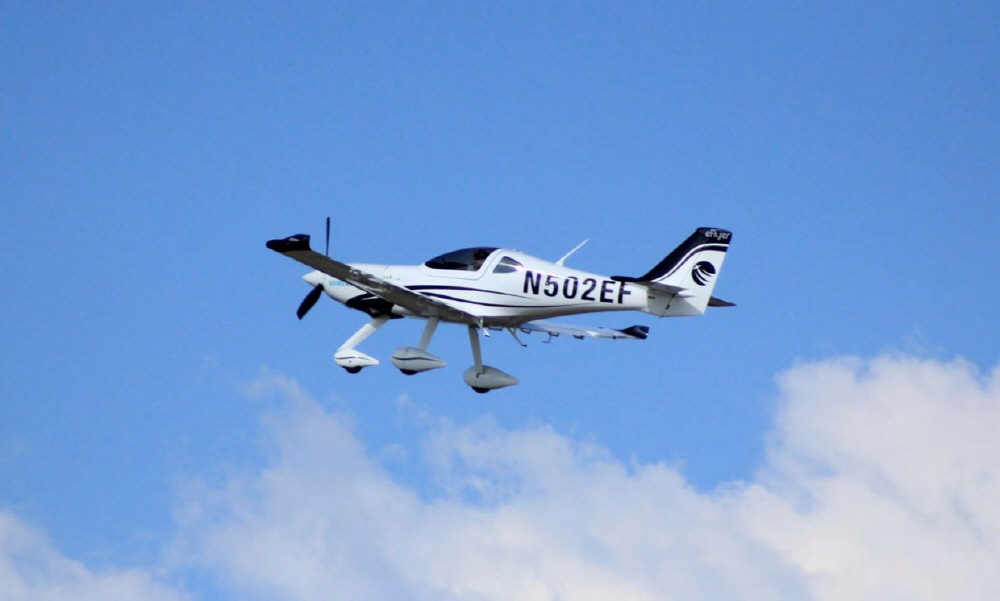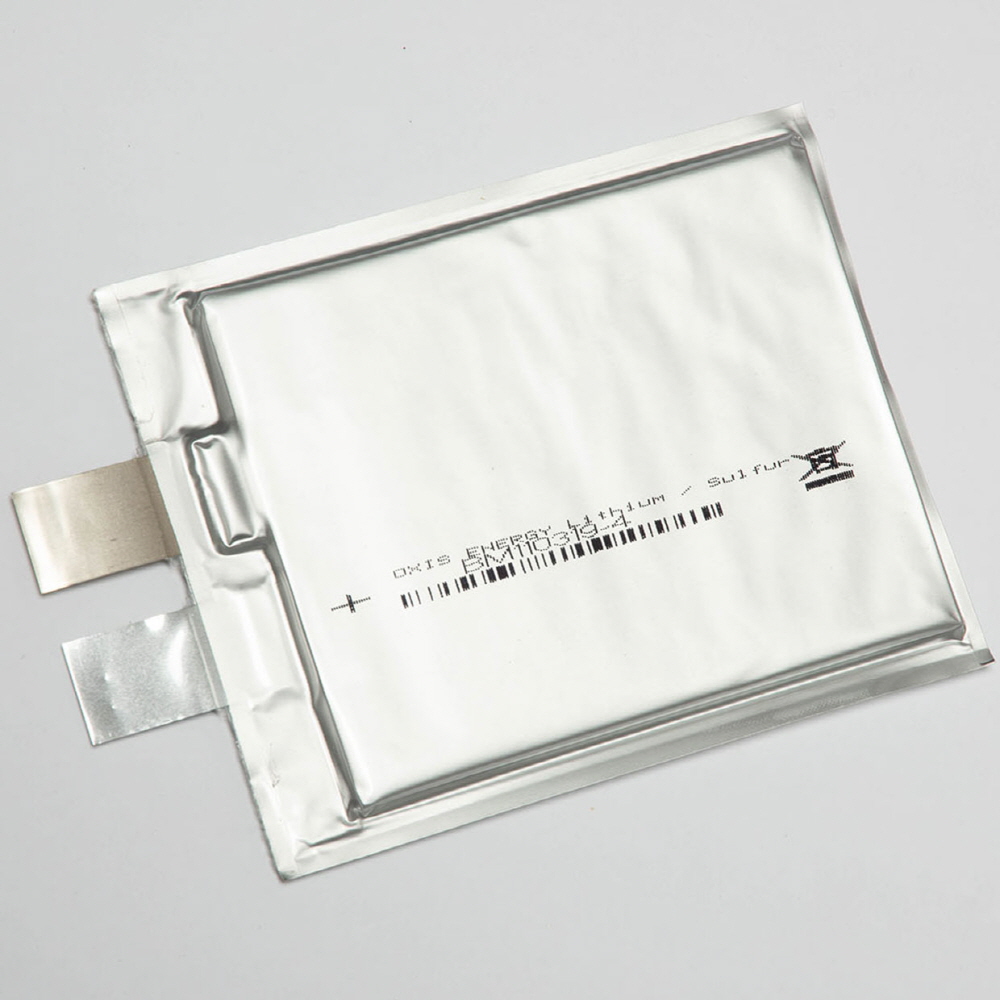
One of the challenges faced by electric airplanes that have turned all their power into electricity is miniaturization of batteries. The shape of the energy-per-weight ratio is an important issue for electric airplanes. As one of the ways to solve this problem, a lithium sulfur (Li-S) battery is drawing attention.
Oxis Energy, based in Abingdon, UK, proposes a lithium-sulfur battery as a battery that can be safely used in electric airplanes. In addition, to prove the feasibility of an electric airplane using a lithium-sulfur battery, an experiment was conducted for one year with an electric airplane designed by Bye Aerospace.
The lithium-sulfur battery developed through a joint project by the two companies showed a value of 500Wh/kg. Considering that the energy cost per weight of a lithium-ion battery announced in 2017 is 260Wh/kg, it can be seen that it has almost twice the performance.

This energy efficiency improvement will cut the total weight of the battery in half, so the flight range is expected to increase 1.5 to 2 times that of the small airplanes that Bayerospace has made so far. If electric airplanes using lithium-sulfur batteries are realized, the likelihood that larger airplanes will be equipped with lithium-sulfur batteries increases.
One of the reasons why lithium-sulfur batteries have not received much attention is the problem of shortening the lifespan due to negative electrode deterioration during charge/discharge cycles. Oxys Energy says it will be able to use the battery at 500 cycles in the next two years.
Another reason is safety. Lithium sulfur batteries have a tendency to overheat. When designing a lithium sulfur battery, Oxys Energy incorporated ceramic lithium sulfide as a passivation film to prevent sudden discharge or leakage. It is also said that non-flammable electrolytes are also used. Related information can be found here .

